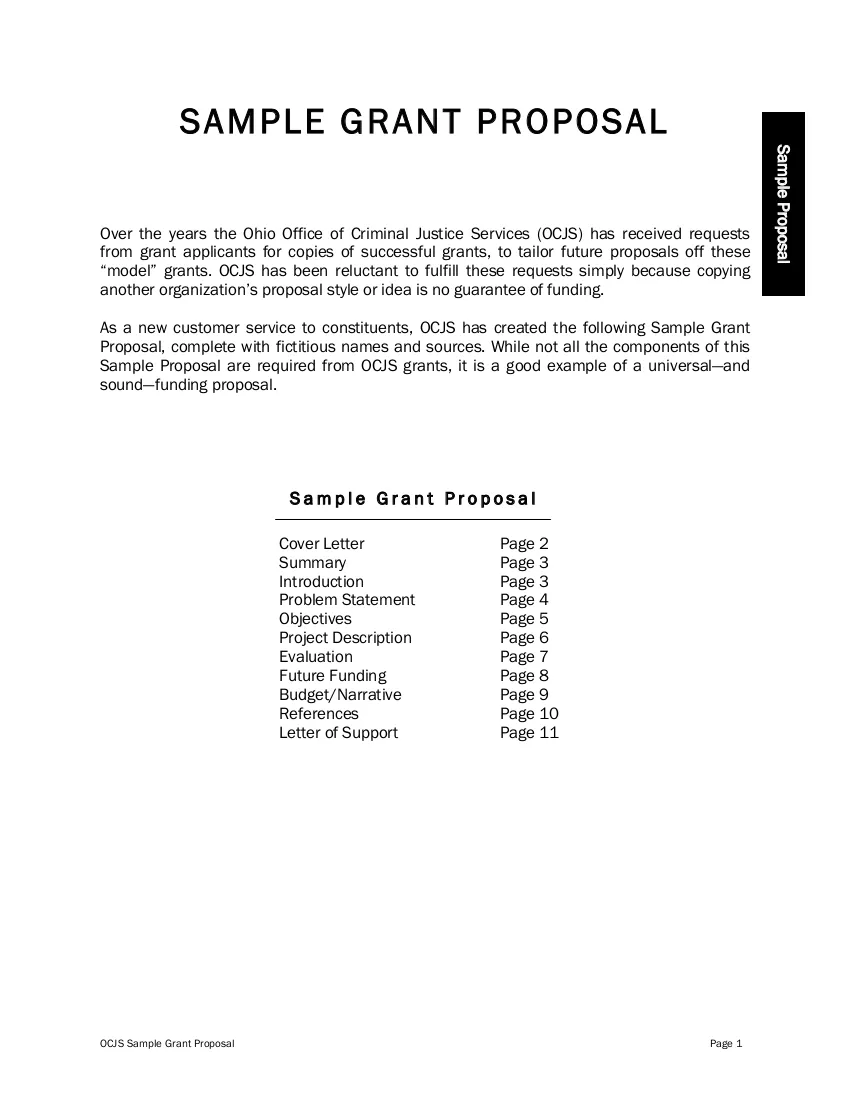Understanding the Importance of a Grant Proposal Cover Letter
A grant proposal cover letter is more than just a formality; it’s your initial handshake with the funding organization. It sets the tone for your entire application and provides the first impression, which can significantly influence whether your proposal is even considered. A well-crafted cover letter acts as a summary, highlighting the key aspects of your proposal and emphasizing why your project deserves funding. It’s an opportunity to showcase your organization’s professionalism, commitment, and understanding of the funding organization’s mission. Failing to create a compelling cover letter means losing an opportunity to differentiate your proposal in a competitive field and grab the attention of the grant reviewers.
What is a Grant Proposal Cover Letter
The grant proposal cover letter is a concise document submitted alongside your full proposal. It serves as an introduction to your organization and the project you are proposing. It is designed to be brief, usually a single page, and contains essential information such as your organization’s name, the project’s title, the amount of funding requested, and a brief overview of the project’s goals. The cover letter is your chance to establish a direct connection with the granting organization, demonstrating your understanding of their objectives and your alignment with their funding priorities. It should be tailored to each specific grant and funding agency, reflecting an understanding of their specific focus and the particular requirements of the grant application.
Why is a Cover Letter Necessary for Grant Proposals
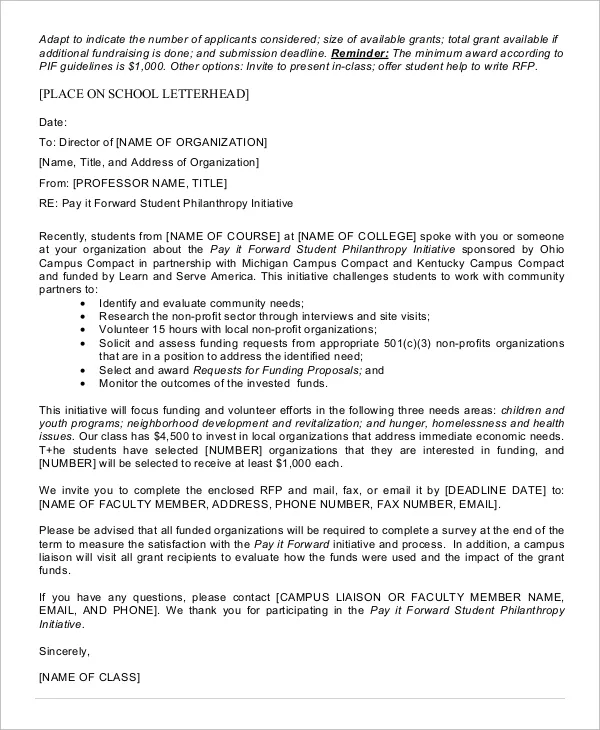
A cover letter is necessary because it personalizes your application, making it stand out from the many proposals the funding organization receives. It provides context for your proposal, explaining why your project is a good fit for the funding organization’s mission and funding priorities. The cover letter showcases your professionalism and attention to detail, traits that grant reviewers look for. A well-written cover letter ensures that reviewers immediately grasp the core elements of your proposal without having to read through the entire document first. It also provides an opportunity to express your enthusiasm and dedication to the project and to the mission of the funding organization, which can go a long way in a competitive environment.
Key Components of a Compelling Cover Letter
Applicant’s Contact Information and Date
Start with your organization’s letterhead, including the date, your organization’s name, address, phone number, and email address. This provides immediate contact information for the granting organization. Ensuring the correct date is crucial, as it demonstrates that you are submitting the application on time and are attentive to the details of the submission. This section sets the foundation for your application, ensuring that the reviewers know how to reach you if they have any questions or need to follow up on your proposal. Accuracy and professionalism in this section are vital.
Granting Organization’s Information
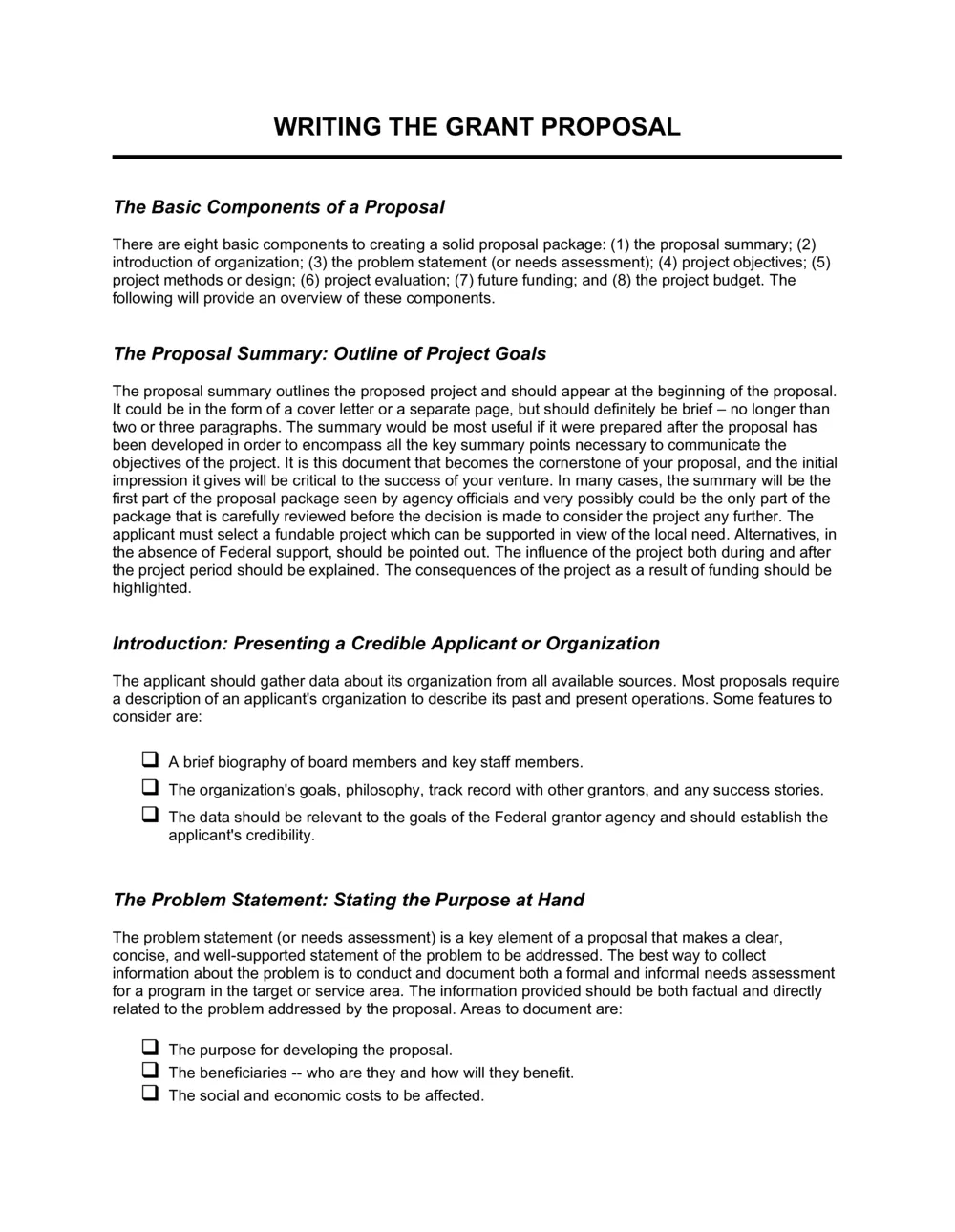
Directly below your contact information, include the granting organization’s name, the name of the contact person if known, and their address. Addressing the cover letter to a specific person shows that you have researched the organization and that you understand its structure. This level of personalization demonstrates initiative and professionalism. Ensure all details are accurate to prevent any confusion or delays in the review process. If a specific contact person is not identified, address the letter to the relevant department or committee responsible for reviewing grant applications. Proper formatting, including correct spelling and titles, is paramount.
Salutation and Opening Paragraph
Use a professional salutation, such as “Dear Mr./Ms./Dr. [Last Name],” if you know the contact person. Otherwise, use “Dear Grant Committee” or a similar appropriate greeting. The opening paragraph should immediately state the purpose of the letter—to submit a grant proposal—and briefly mention the name of your organization and the project title. State the amount of funding you’re seeking. This concise introduction helps the reviewers understand the nature of your communication from the very beginning. Make sure the opening is engaging and conveys enthusiasm for the project and the funding organization’s mission.
Brief Project Overview and its Significance
In one or two concise paragraphs, provide a brief overview of your project, including its main objectives, target audience, and the problem or need it addresses. Highlight the project’s significance and its potential impact. Explain why the project is important and how it aligns with the granting organization’s goals and priorities. Use clear and compelling language to capture the reader’s attention and convey the project’s importance. Show how your project will contribute to the funding organization’s mission, demonstrating that you understand their focus.
Highlighting Organizational Capabilities
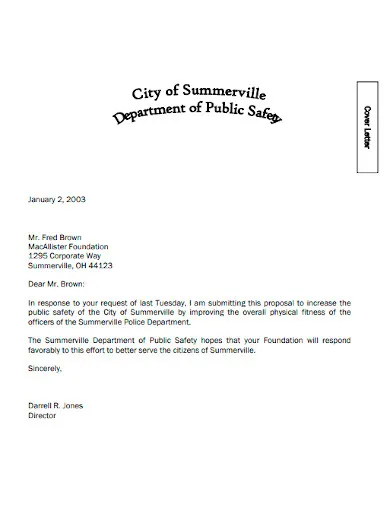
Briefly highlight your organization’s relevant experience, expertise, and past successes. This section should demonstrate your organization’s ability to successfully implement and manage the proposed project. Mention any past grants received, successful outcomes, or relevant qualifications that make your organization well-suited to undertake this project. This establishes credibility and builds confidence in your ability to deliver the project’s objectives. Provide a concise summary of your organization’s relevant experience and past successes.
Expressing Gratitude and Call to Action
Express your gratitude for the granting organization’s consideration and time. Reiterate your enthusiasm for the project and its potential impact. Include a call to action, such as inviting them to contact you for further information or to discuss the proposal. Provide your contact information again. End with a professional closing, such as “Sincerely,” or “Respectfully,” followed by your name and title. Thank the reviewers for their time and consideration, and reiterate your commitment to the project’s success.
Formatting and Style Tips for Cover Letters
Choosing the Right Tone
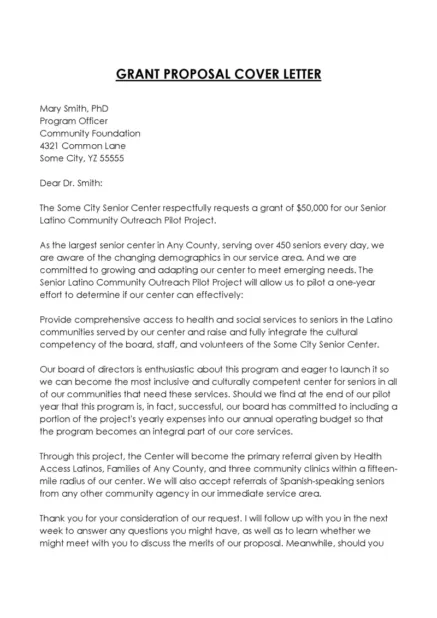
Maintain a professional, yet enthusiastic, tone throughout the cover letter. Use language that is clear, concise, and easy to understand. Avoid overly technical jargon or complex sentence structures. Be respectful and appreciative of the granting organization’s time and resources. The tone should reflect your organization’s professionalism while also conveying your passion for the project. Ensure the tone aligns with the grant guidelines and the granting organization’s culture.
Formatting the Letter Properly
Use a professional font, such as Times New Roman, Arial, or Calibri, in a readable size (11 or 12 points). Use standard margins (1 inch on all sides) and single-space the body of the letter, with a double space between paragraphs. Keep the letter to one page. Proper formatting makes the letter easy to read and visually appealing. Using a well-structured format allows the reader to quickly find the information they need. A clean layout will help the cover letter look professional and organized, which in turn makes a strong impression on the grant reviewers.
Proofreading and Editing
Thoroughly proofread and edit the cover letter for any grammatical errors, spelling mistakes, or typos. Ask a colleague or friend to review the letter as well. A polished, error-free cover letter demonstrates attention to detail and professionalism. Mistakes can undermine your credibility. Ensuring accuracy in all aspects of the letter ensures that your proposal is taken seriously. Correcting any errors before submitting will show the grant reviewers your dedication to accuracy and excellence.
Template and Examples of Grant Cover Letters
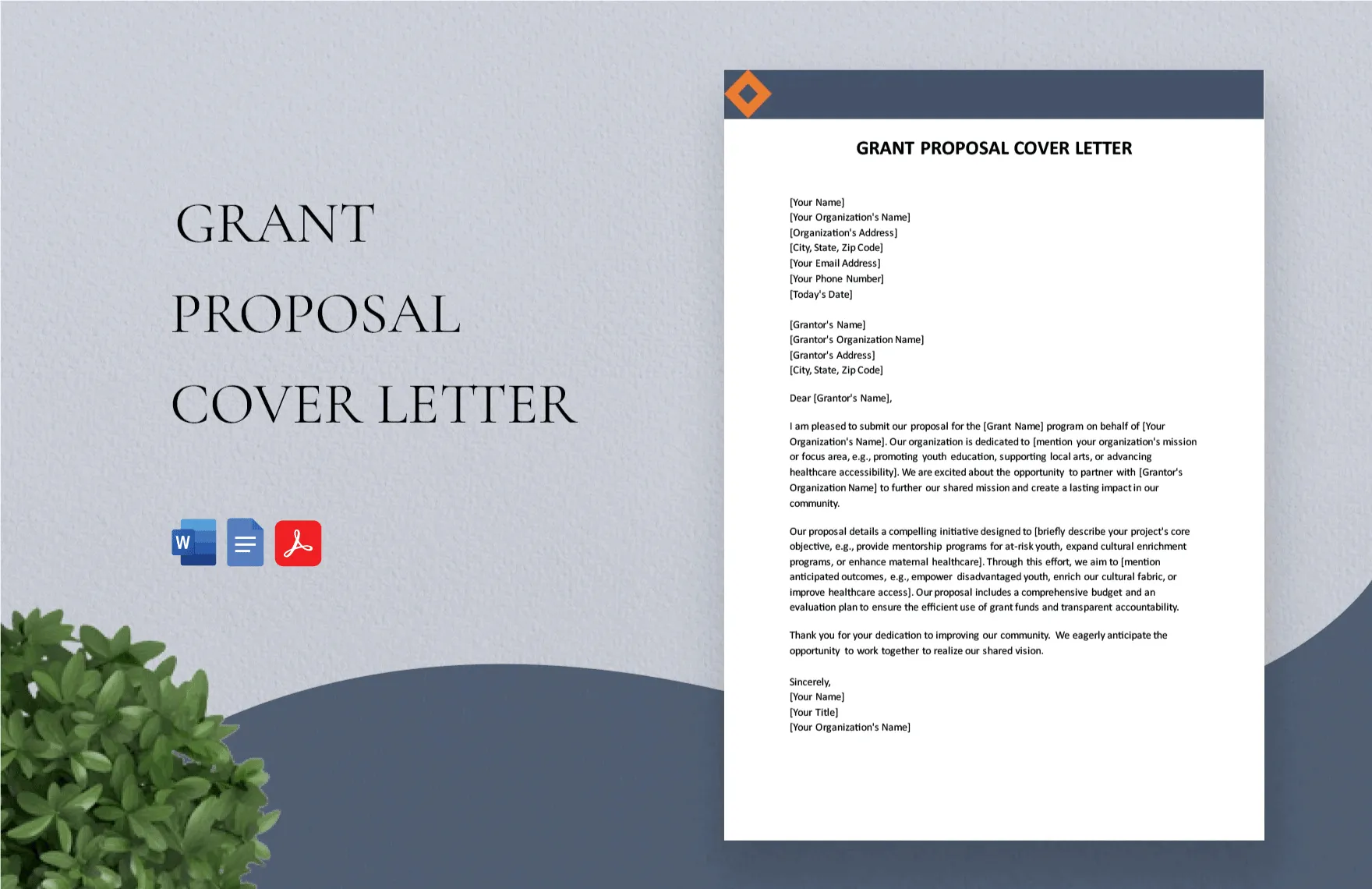
General Grant Proposal Cover Letter Template
A general template can provide a solid framework for your cover letter. Include your organization’s contact information, the date, the granting organization’s details, a formal salutation, a brief project overview, key highlights of your organization, your gratitude, a call to action, and a professional closing. Remember to customize the template for each specific grant. A template provides a starting point and ensures that you don’t forget any essential components. Using a template streamlines the writing process, allowing you to focus on the specific needs of the proposal.
Specific Grant Cover Letter Examples
Review examples of successful grant cover letters for inspiration and to understand how others have structured their letters. Analyze what worked well and identify any unique approaches. Tailor the examples to your specific project and funding opportunity. Find and review cover letters from similar organizations that have successfully received funding. This will help you tailor your letter to align with the expectations of the funding organization. Adapt and refine the examples to suit your specific project, organization, and the requirements of the grant application.
Common Mistakes to Avoid in Cover Letters
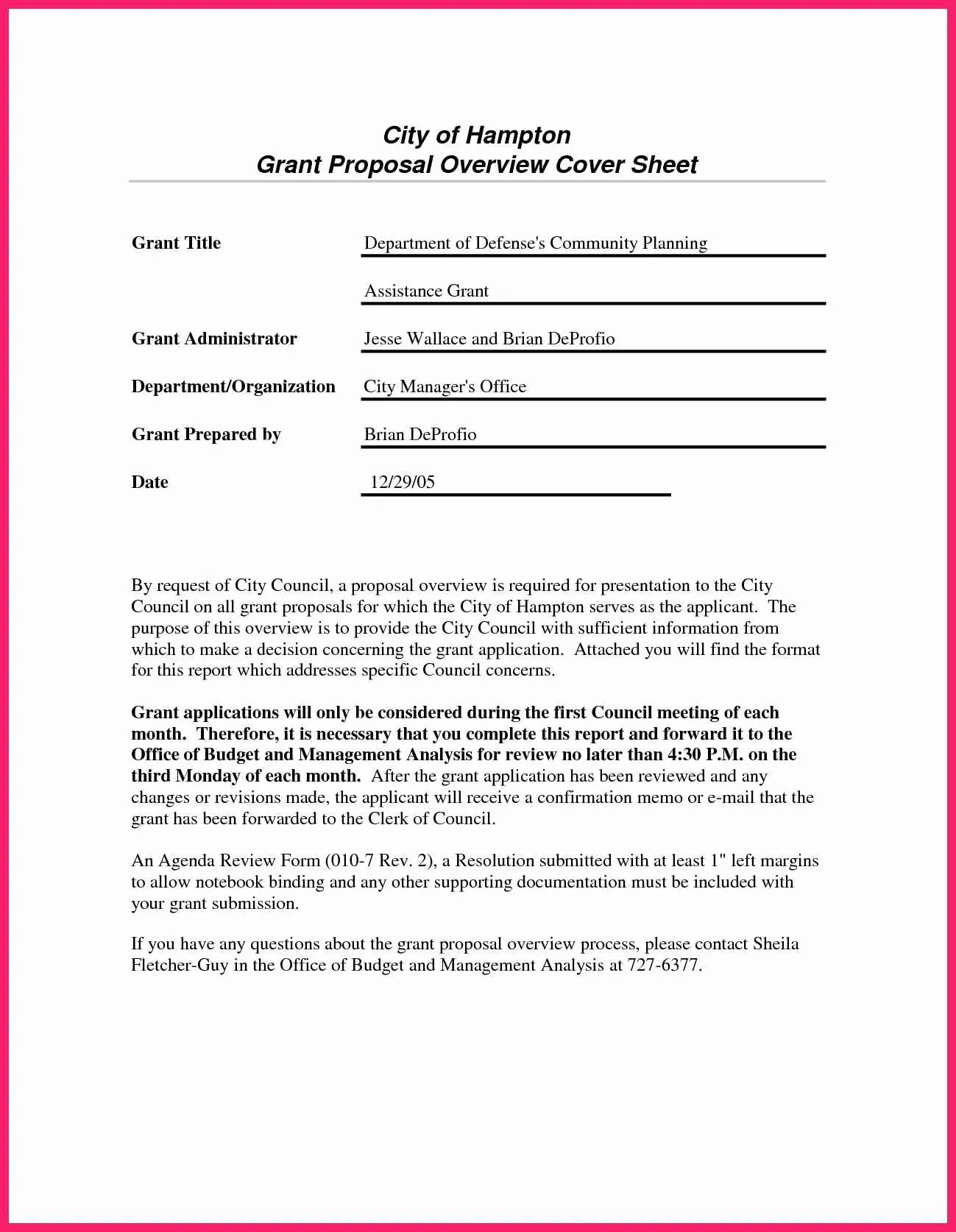
Ignoring Instructions and Guidelines
Always carefully read and adhere to the grant application instructions and guidelines. Failing to follow the specified formatting requirements, page limits, or content specifications can result in your proposal being rejected. Pay close attention to the details outlined by the granting organization. Ignoring these instructions shows a lack of attention to detail and can damage your credibility. Make sure that the cover letter complies with all rules.
Using Generic Language
Avoid using generic language or boilerplate statements that could apply to any project. Tailor your cover letter to the specific grant opportunity and the funding organization’s mission. Show that you have taken the time to understand their priorities and how your project aligns with them. Using generic content shows a lack of genuine interest and understanding of the grant requirements. Focus on using specific language that shows the reviewers why your project is the best fit for the available funding.
Failing to Proofread
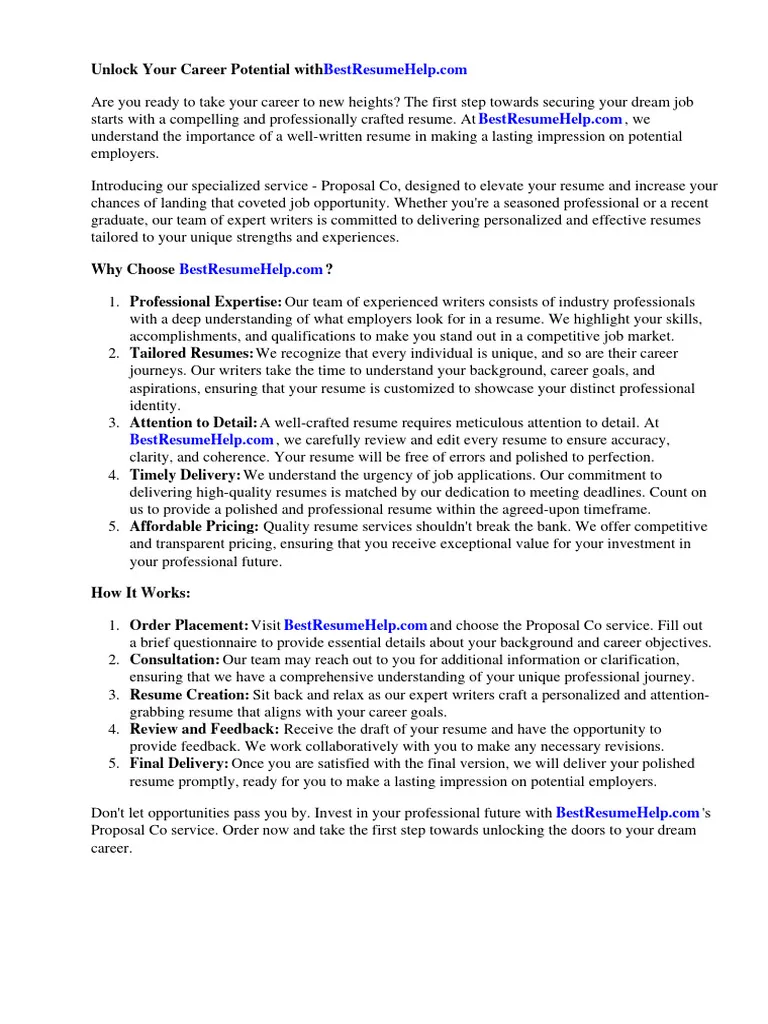
Proofreading is a crucial step. Errors in spelling, grammar, or punctuation can create a negative impression and undermine your organization’s credibility. Thoroughly proofread the cover letter before submitting it. Ask a colleague or friend to review it as well. Errors can easily distract the reviewers from your proposal and suggest a lack of professionalism. Always proofread the cover letter and seek a second opinion to ensure that it is error-free.
Final Thoughts on Writing Grant Cover Letters
A well-written grant proposal cover letter is essential for making a positive first impression and increasing your chances of securing funding. By following the guidelines outlined in this guide and taking the time to tailor your letter to each specific grant opportunity, you can create a compelling cover letter that showcases your project’s value and your organization’s capabilities. Remember to proofread carefully and ensure that your cover letter meets all the requirements. Focus on clarity, conciseness, and demonstrating how your project aligns with the funding organization’s goals. Investing time in the cover letter will help set the stage for a successful grant application.
